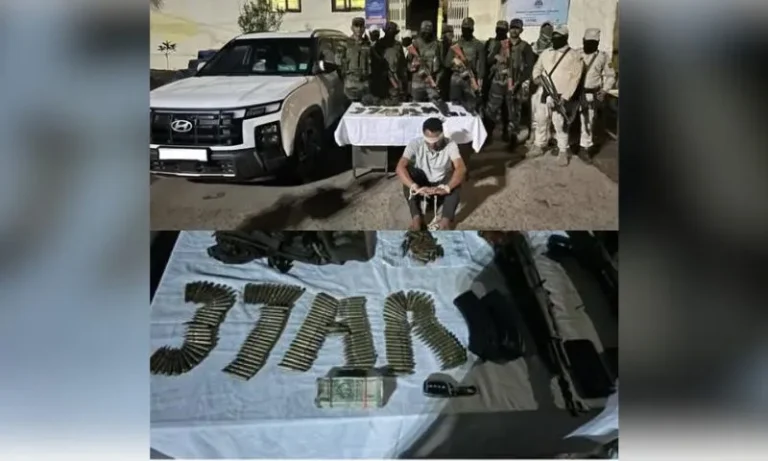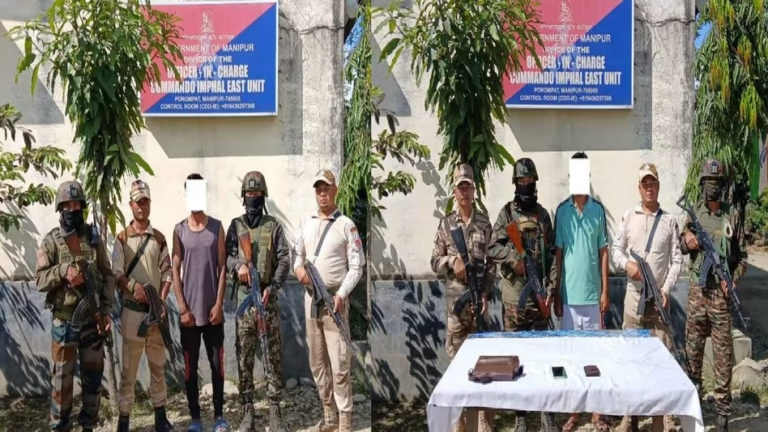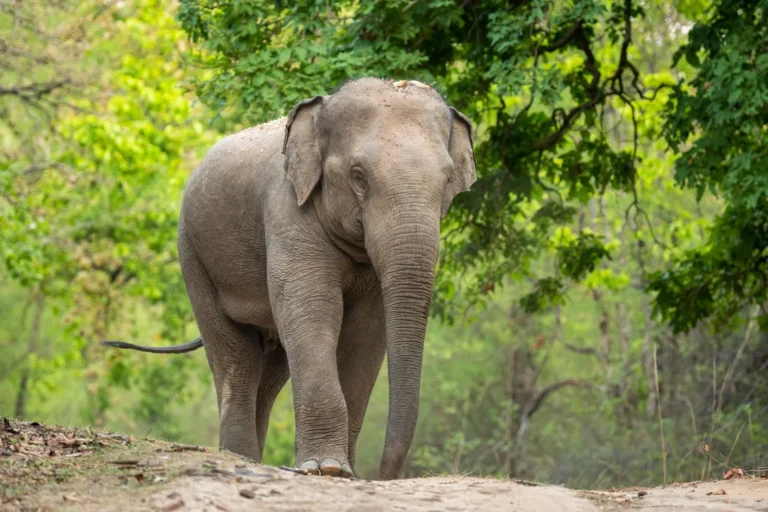13-Year-Old Girl Dies After Setting Herself on Fire in Odisha’s Bargarh
Short summary
A 13-year-old Class 8 girl was found with severe burn injuries in a football field in Phiringmal (also reported as Firingimal) village in Bargarh district, Odisha, after allegedly setting herself on fire; she was rushed to VIMSAR, Burla, but later succumbed to her injuries. Police said she used petrol to immolate herself and the reason is still under investigation. Villagers raised concerns about a delayed ambulance response, and authorities are probing whether any foul play was involved. This incident is being reported as the fourth case of a woman or girl suffering fatal burn injuries in Odisha within about a month, prompting public outrage and renewed calls for better protection and emergency services.
Opening — a small life, a huge question
How do we explain a 13-year-old choosing to end her life in such a violent way? It’s a question that hits like a cold wind: sudden, shocking, and full of hard-to-answer “whys.” When a child dies — especially after self-immolation — communities demand answers: what pushed her to that point, who failed her, and how can we stop the next tragedy? This article walks through the reported facts of the Bargarh case, places it in the worrying context of similar incidents in Odisha within weeks, explores likely contributing forces (from online abuse to weak emergency response), and outlines practical steps families, schools and authorities can take to prevent further loss.
The facts — what the reports say (carefully cited)
According to mainstream reporting, on the morning of the incident a Class 8 girl was found unconscious with severe burns in a football ground in Phiringmal village, within the Gaisilat police station limits of Bargarh district. She was immediately taken to the Veer Surendra Sai Institute of Medical Sciences and Research (VIMSAR), Burla, where she ultimately died from her injuries. Police said she had used petrol to immolate herself, and that the reason behind the act was not yet known. Villagers said it took more than 45 minutes for an ambulance to arrive; locals gave first aid and repeatedly sought help. Officials have launched an investigation to determine whether foul play was involved.
Why a single incident becomes a statewide alarm — the pattern
One death is a tragedy; four similar incidents in a short span become a pattern that sparks public horror and political scrutiny. Odisha saw multiple burn-injury cases in recent weeks: a student in Balasore who set herself on fire in July and later died, a minor allegedly set ablaze by assailants in Balanga who died in hospital, and another college student found charred in Kendrapara earlier in August. The Bargarh episode is being reported as — and perceived by many — the fourth such case in roughly a month. When tragic events cluster like this, people understandably ask whether there’s a common cause: rising cyber harassment, social pressures, poor policing, or failures in emergency care. News outlets across India flagged the cluster and public reactions grew quickly.
Final reflection — grief, accountability and prevention
The death of a 13-year-old in Bargarh is a devastating reminder that children’s lives can be fragile in the face of harassment, mental-health struggles and systemic gaps in protection and emergency care. Outrage is justified — but the most enduring response will mix grief with concrete reform: better school counseling, faster EMS, robust cyber protections, and communities that offer help rather than stigma. If there’s one principle to hold, it’s this: a society that protects its children proactively, with listening ears and ready aid, dramatically reduces the risk of repeating headlines like these.
Five FAQs
Q1: Is the Bargarh incident confirmed as suicide?
A1: Initial police reports say the girl used petrol to set herself on fire; investigators were probing whether it was a suicide, an instance of abetment, or foul play. Final classification depends on forensic results and witness/family statements. News coverage is evolving as the probe continues.
Q2: Are these burn incidents connected across Odisha?
A2: Several similar burn-injury cases have occurred in Odisha within recent weeks, which is why the cluster has drawn attention. Whether they are directly connected (same perpetrators or causes) is for investigators to determine; however, the pattern highlights urgent systemic problems like digital abuse, weak protections, and EMS gaps.
Q3: What should I do if I suspect a child is being blackmailed online?
A3: Preserve evidence (screenshots, messages), report the material to the social platform for takedown, inform the school and local police cyber-cell, and seek immediate counseling support for the child. Don’t confront the alleged abuser alone — involve authorities.
Q4: Which helplines can someone in India call right now for mental-health support?
A4: India’s 24×7 mental-health helpline KIRAN (1800-599-0019) provides immediate counselling and referrals; many states also run Tele-MANAS centers (publicized Tele-MANAS numbers include 14416 / 1800-891-4416). These services can offer crisis counseling and guide next steps.
Q5: How can communities reduce the risk of such tragedies?
A5: Build local support networks (trained first-aid and counseling volunteers), strengthen school safeguarding policies, demand audits of ambulance response, and run outreach campaigns on digital safety and mental wellbeing. Collective, sustained action at the village, school and district levels makes a measurable difference.




